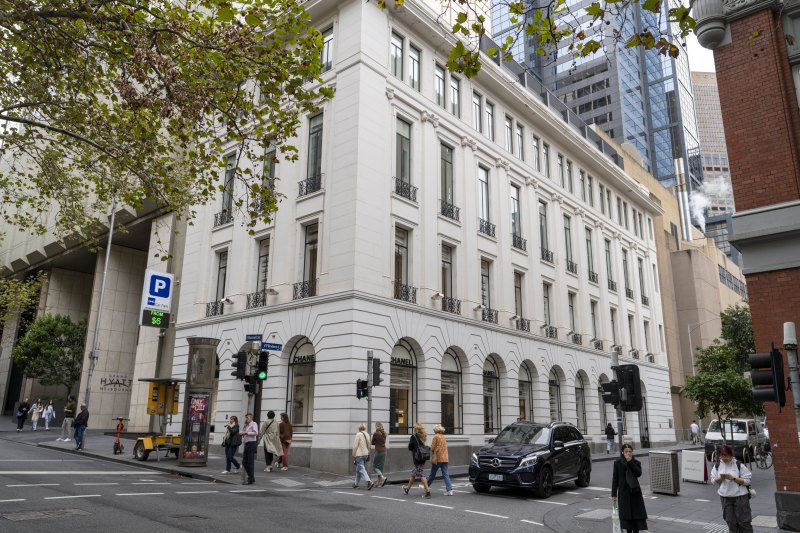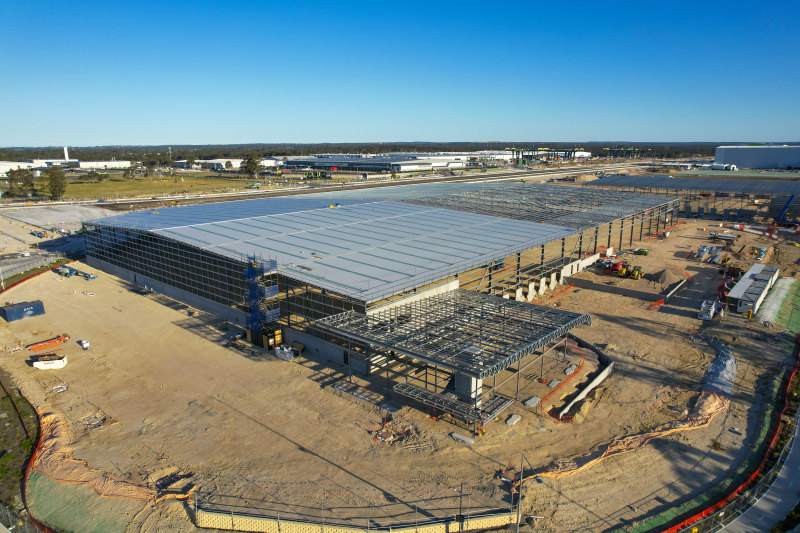
Rotation back to battered retail likely as logistics gets toppy
The wide gap between returns from pandemic property winners such as the logistics sector and the big losers, including major shopping centres, is likely to narrow as investors hunt harder for yield, the JANA Annual Conference heard on Wednesday.
The rotation is already under way in markets such as the US and the UK, where major malls were hit hardest, while the counter-cyclical move may take longer to become apparent in the Australian market.
The bifurcation between the rising prices for industrial property, which is now part of “core” investment strategies, and regional malls would start to narrow over the next 12-24 months, US-based Indraneel Karlekar, global head of strategy and research at Principal, told a real estate panel at the JANA conference.
” Valuations for some of these sought after property types such as industrial are pretty standard for the core strategies,” he said
“Core markets are not cheap, they are fully valued, in some cases potentially over valued. I don’t think there is a lot of room for them to run in core markets.”
At the same time, returns from some of “the really beaten up sectors” such as large retail assets are looking “pretty attractive”, Mr Karlekar told the panel.
“If you look at the listed market, as an example of what the private market might do in six to nine months, you’ve seen that rotation begin. You’ve started to see some real interest in some of these beaten up sectors, the cyclically and structurally downtrodden sectors, such as retail, large retail, regional malls.”
The same logic applied to some major office stocks which had also been hit by disruption.
Nevertheless, while the “huge delta” between strongly growing industrial property and the battered malls sector was expected to narrow, the performance of “structurally resilient” property, such as logistics, was unlikely to slow down, the JANA conference heard.
Also on the panel was Macquarie Asset Management’s Rod Cornish, who agreed that broader thematic was likely to play out in the Australian market, albeit slightly delayed, as local malls had not been impacted by the upheaval to the extent their offshore peers had.
Investors would increasingly focus on drivers for growth, with total returns relying more on growth than on tightening cap rates, as they had for the past decade, Mr Cornish, Macquarie’s managing director for global research strategy, told the panel.
That shift was evident in cross-border flows of commercial property investment, which typically heads first into premium city office towers but is now increasingly focused on residential rental and industrial, or “beds and sheds”, he said.
Also rising strongly in appeal as major landlords look to improve the sustainability rating of their portfolios, are green bonds, Lendlease’s group head of sustainability Cate Harris told the conference.
“It’s been an interesting insight to see the shift of capital toward more sustainable product, particularly across the built environment,” she said.
Get a weekly roundup of the latest news from Commercial Real Estate, delivered straight to your inbox!







